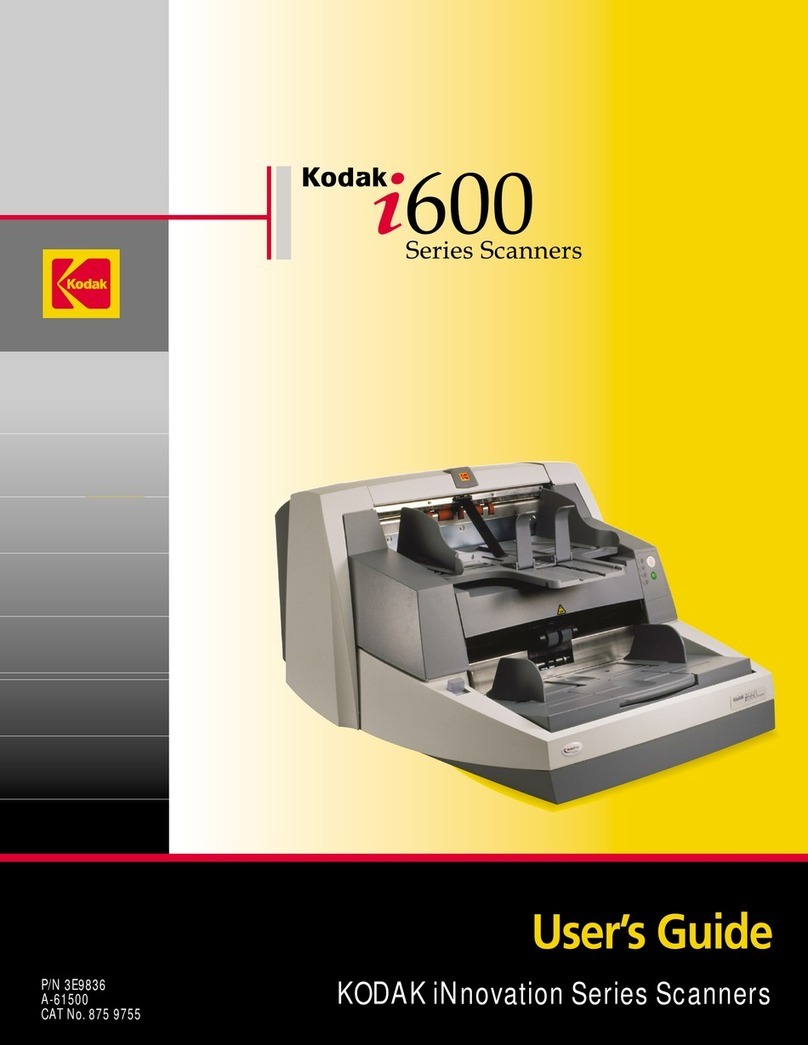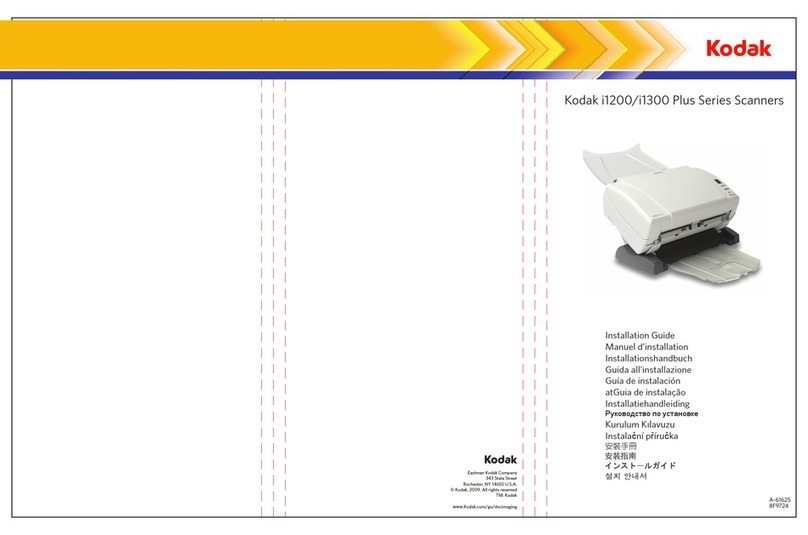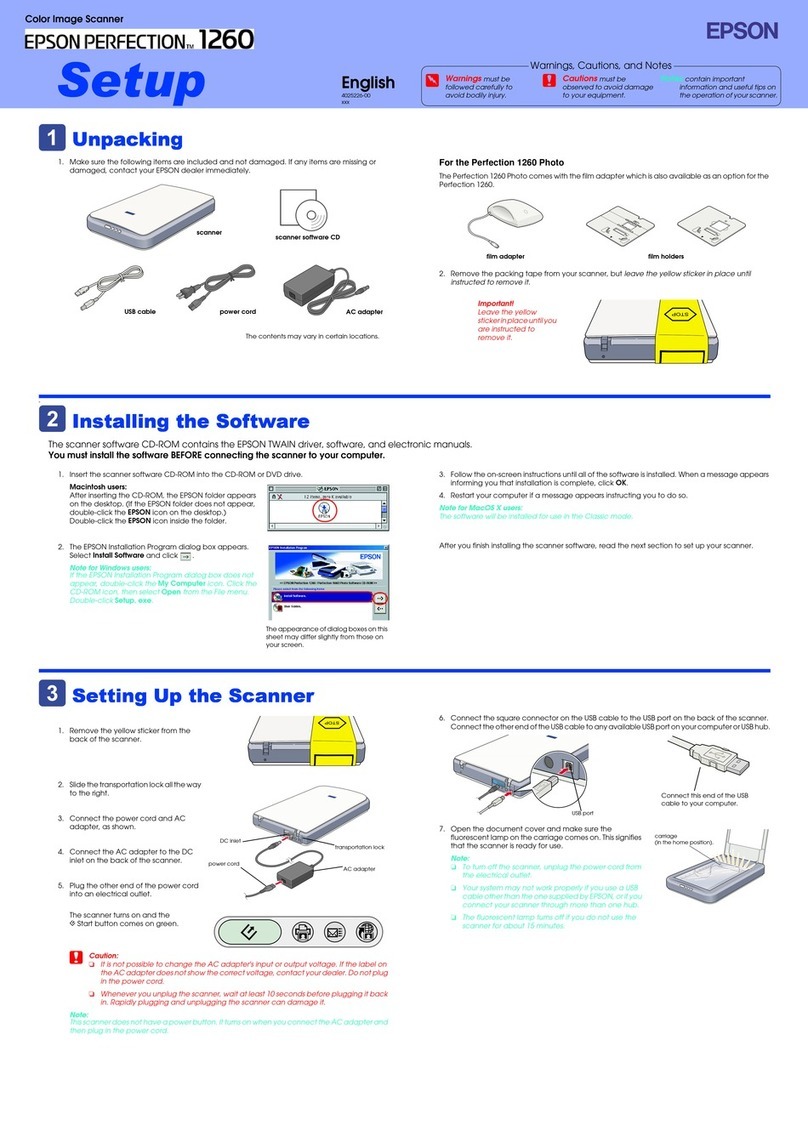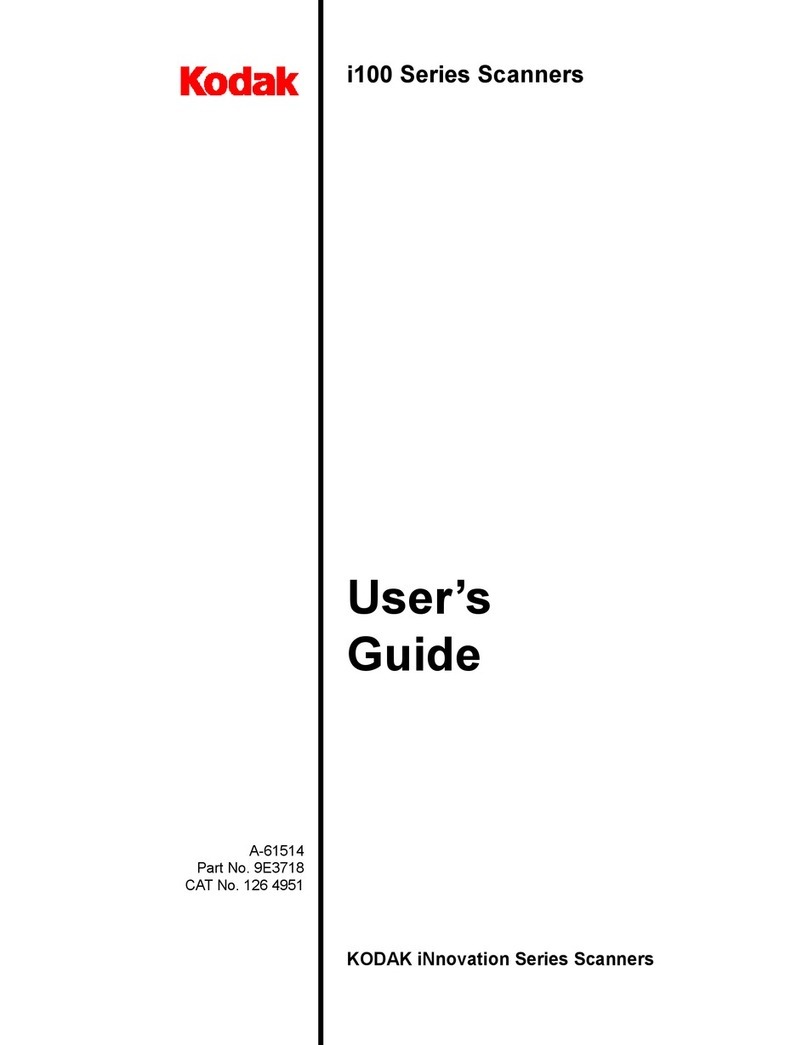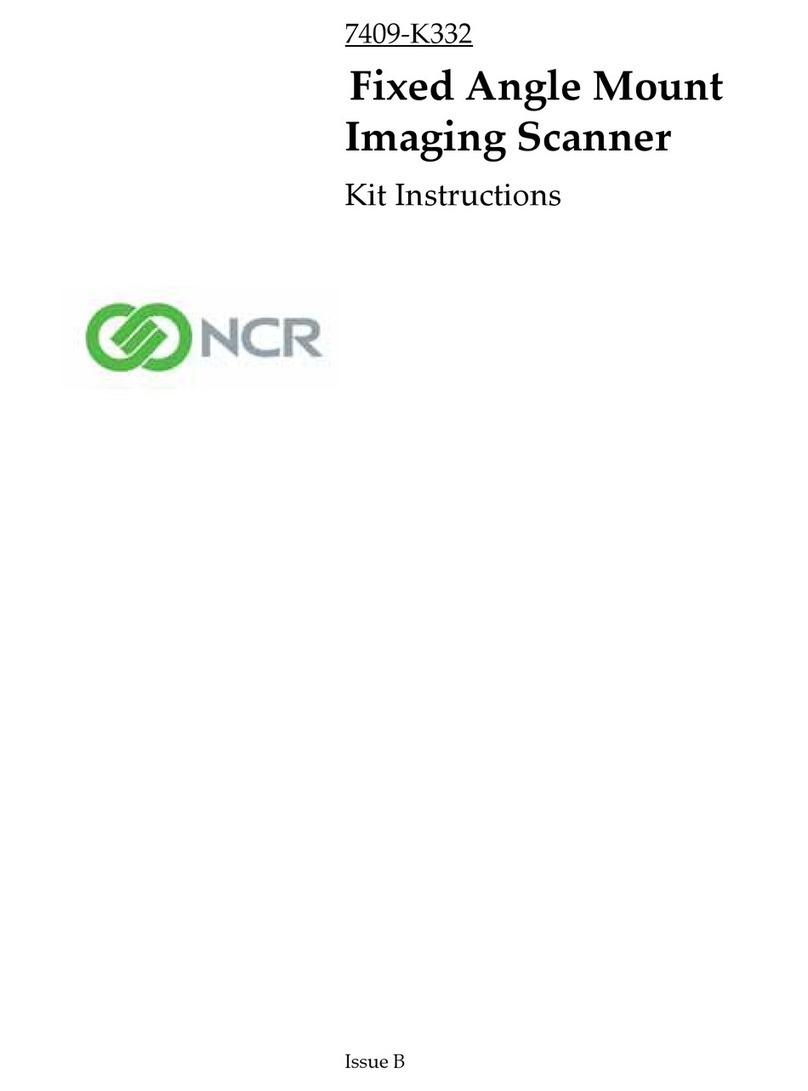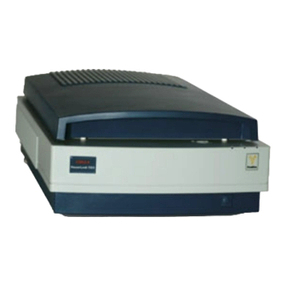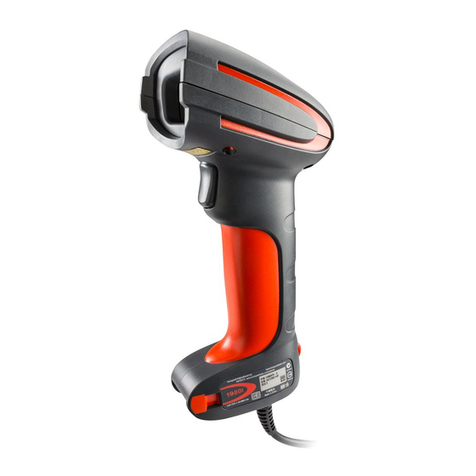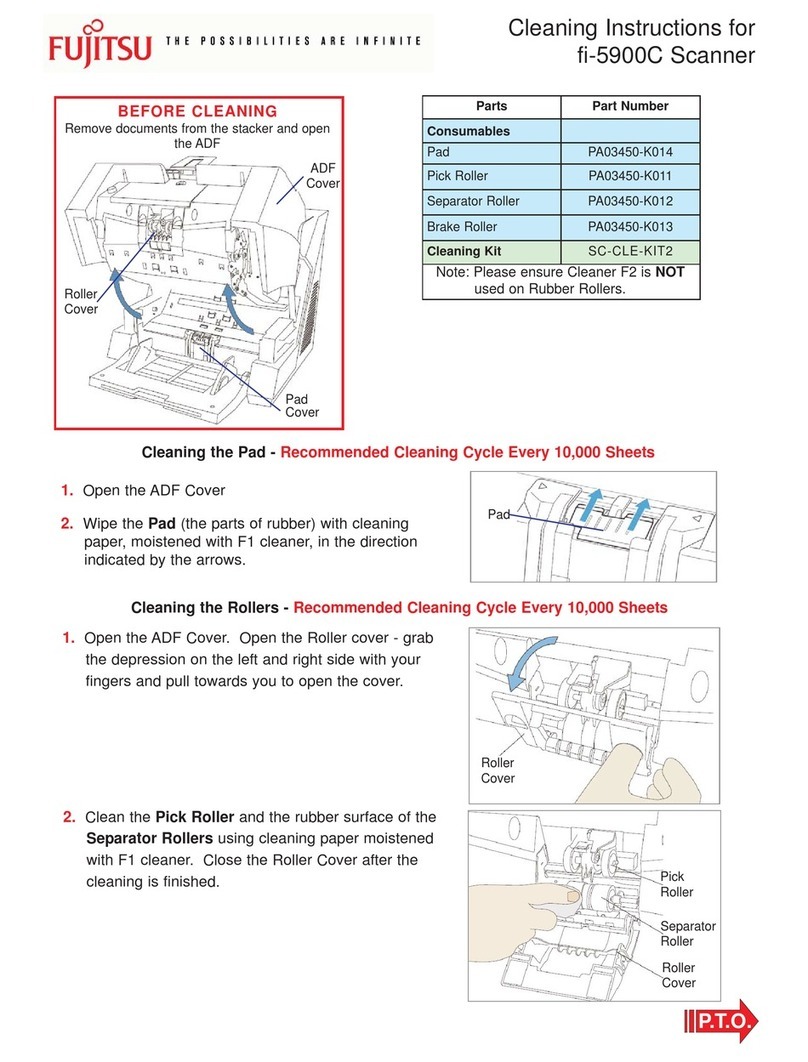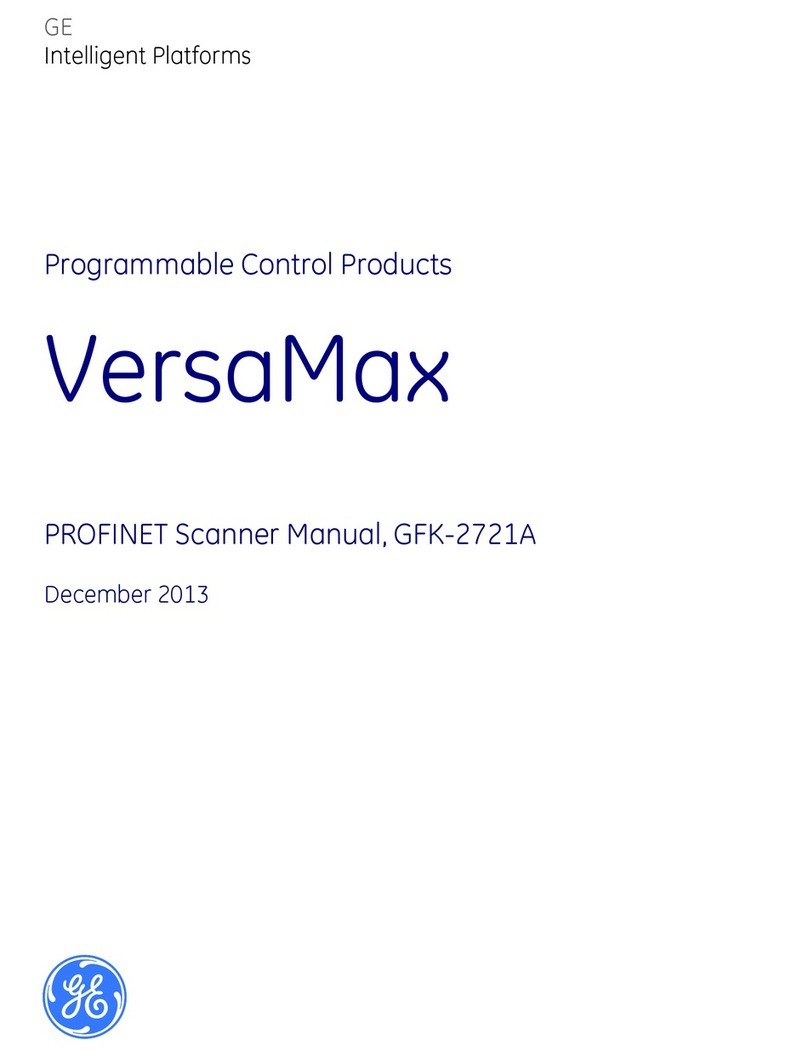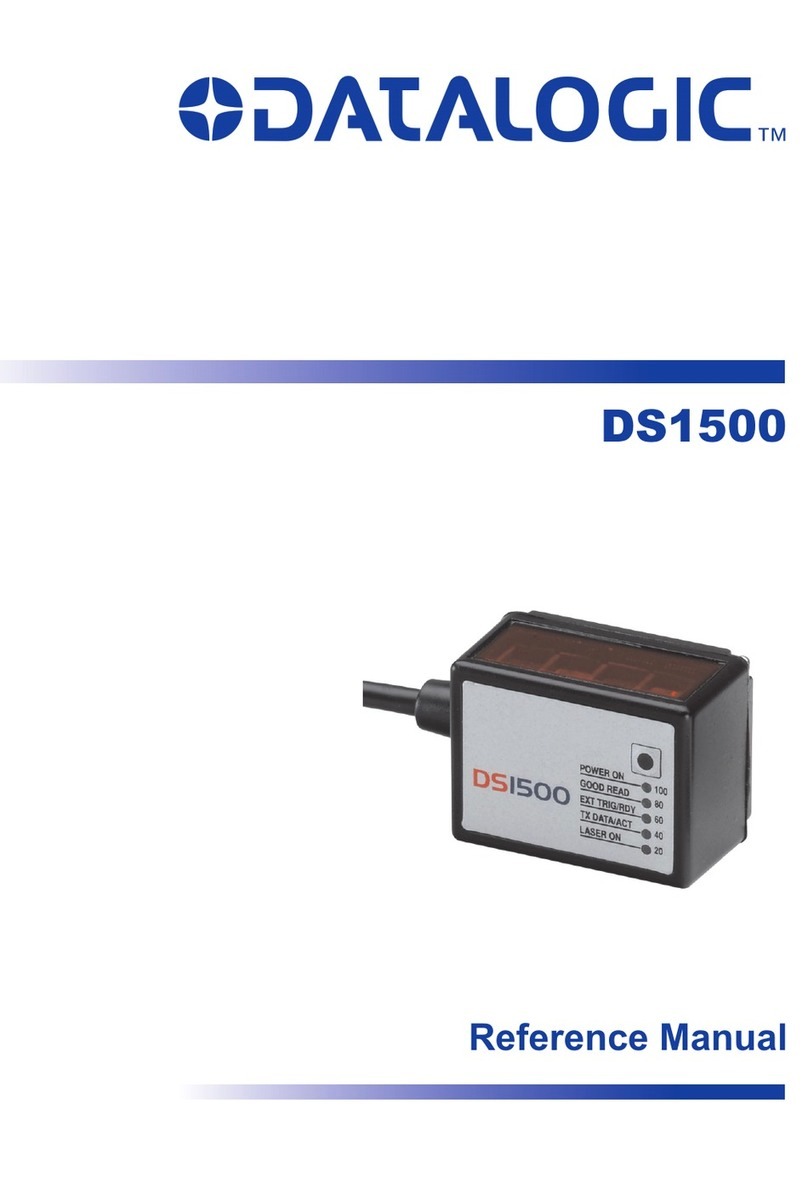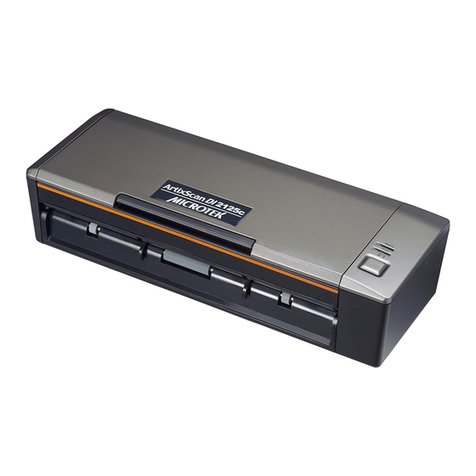chromasens Corona II User manual

Chromasens GmbH - Max-Stromeyer-Straße 116 - 78467 Konstanz –Germany
www.chromasens.de
Corona II + LED-Control Unit XLC4-1
Manual
Version R05
(CD40069)
07/2020

07/2020 Corona II –LED Line Scan Illumination
PMA_CHR_CD40069_R05_Manual_Corona-II_XLC4 2
Contents
1Before you start 7
2Highlights 8
3Safety information 9
3.1 Presentation of safety information 9
3.2 Basic safety rules 9
3.3 Specific hazards 10
3.4 Alert labels on the equipment 10
3.5 Purpose / applications 11
3.6 Information on optical radiation 12
3.7 Information on thermal risks 13
3.8 Personal requirements 14
3.9 Organisational measures 14
3.10 Safety instructions for transport, mounting and maintenance 15
4Enviromental conditions 16
4.1 General 16
4.2 IP protection class 16
4.3 Enviromental conditions for operation 17
4.4 Enviromental conditions for storage and transport 17
5LED –Module Corona II 18
5.1 Configuration 18
5.1.1 Breakdown of an identification number 18
5.1.2 Options with identification number 19
5.1.2.1 Special options 24
5.2 Optical length / Fitting length (ID 1) 25
5.2.1 Mechanical dimensions 25
5.2.2 Number of channels per module 31
5.2.3 Mounting Corona II with length > 680 mm 31
5.2.4 Cabling and operating Corona II with length > 680 mm 32
5.3 Reflector types / Working distances (ID 2) 33
5.3.1 General setups 33
5.3.2 Coaxial modules 36
5.3.3 Illumination characteristics 37
5.3.4 Comparison of focal types 43
5.3.5 Illuminance 45
5.4 LED colors (ID = 3) 47
5.4.1 Red (ID 3 = 01) 47
5.4.1.1 Spectral characteristics 47
5.4.1.2 Relative spectral emission of red LED 47
5.4.1.3 Relative luminous flux of red LED 48
5.4.1.4 Shift of dominant wavelength of red LED 48
5.4.2 True green (ID 3 = 02) 49
5.4.2.1 Spectral characteristics 49

07/2020 Corona II –LED Line Scan Illumination
PMA_CHR_CD40069_R05_Manual_Corona-II_XLC4 3
5.4.2.2 Relative spectral emission of true green LED 49
5.4.2.3 Relative luminous flux of true green LED 50
5.4.2.4 Shift of dominant wavelength of true green LED 50
5.4.3 Blue (ID 3 = 03) 51
5.4.3.1 Spectral characteristics of blue LED 51
5.4.3.2 Relative spectral emission of blue LED 51
5.4.3.3 Relative luminous flux of blue LED 52
5.4.3.4 Shift of dominant wavelength of blue LED 52
5.4.4 White (ID 3 = 04 and ID3 =12) 53
5.4.4.1 Spectral characteristics of white LED 53
5.4.4.2 Chromaticity coordinate groups of white LED 53
5.4.4.3 Typical relative spectal emission of white LED 54
5.4.4.4 Chromaticity coordinate shift of white LED 56
5.4.5 Infrared 850nm (ID 3 = 08) 57
5.4.5.1 Spectral characteristics of IR 850 nm-LED 57
5.4.5.2 Relative spectral emission of IR 850 nm-LED 57
5.4.5.3 Relative radiant flux of IR850 nm-LED 58
5.4.6 Infrared 940nm (ID 3 = 09) 59
5.4.6.1 Spectral characteristics of IR 940 nm-LED 59
5.4.6.2 Relative spectral emission of IR940 nm-LED 59
5.4.6.3 Relative radiant flux of IR940 nm LED 60
5.4.7 Standard light color D50 (ID 3 = 07 and 10) 61
5.4.7.1 Relative spectral emission of D50 light color 61
5.4.8 UV 395 nm and 365 nm (ID 3 = 33 or 30) 62
5.4.8.1 Spectral characteristics of UV 395 nm-LED 62
5.4.8.2 Relative spectral emission of UV 395 nm LED 62
5.4.8.3 Spectral characteristics of UV 365 nm-LED 62
5.4.8.4 Relative spectral emission of UV 365 nm LED 63
5.4.8.5 Relative radiant flux of UV 395 nm or 365 nm LED 63
5.5 Connectors (ID 5) 64
5.5.1 Cable with wire end ferrules (ID 5 = A) 64
5.5.2 Cable with terminal blocks (ID 5 = B) 64
5.6 Screen (ID 6) 65
5.6.1 Standard screens 65
5.6.2 Glass (linearly polarized) (ID 6 = 2) 65
5.6.3 Acrylic glass (ID 6 = 3) 65
5.7 Heatsinks (ID 7) 66
5.7.1 General information for cooling options: 66
5.7.2 Small passive heat sink (ID 7=A) 67
5.7.3 Medium passive heat sink (ID 7=B) 67
5.7.4 Big passive heat sink (ID 7=C) 67
5.7.5 Water cooling (ID 7=W) (up to 2018) 68
5.7.6 Water cooling (ID 7=H) (from 2019) 68
5.7.7 Fan cooling (ID 7=L or F) 68
5.7.8 Thermal pad (ID 7=P) 69
5.8 Weights 70
5.9 Lifetime: reliability and durability 71
5.9.1 Reliability 71
5.9.2 Durability 71

07/2020 Corona II –LED Line Scan Illumination
PMA_CHR_CD40069_R05_Manual_Corona-II_XLC4 4
6Controller XLC4 72
6.1 Possible setups 72
6.2 Mechanical specifications 74
6.2.1 Dimensions 74
6.2.2 Weight: 74
6.3 Inputs - outputs / connectors / status LEDs 75
6.3.1 RS232 connector X1 76
6.3.2 USB connector X2 76
6.3.3 Ethernet connector X3 77
6.3.4 Power supply input X4 77
6.3.5 Analog control / shutdown / VOUT X5 78
6.3.6 PWM interface / external switch X6 79
6.3.6.1 Signal “ON” (pin 1) 80
6.3.6.2 Signal “PWC” (pin 2) (only for XLC4-1) 81
6.3.6.3 Signal “Fail” (pin 4) 81
6.3.6.4 Signal “Switch” (pin 7 and 8) 82
6.3.7 RS485 interface X7 82
6.3.8 LED output channels X8 (channel A) to X11 (channel D) 83
6.3.9 Status LEDs 84
6.3.10 Shielding 84
6.4 Electrical requirements 85
6.4.1 Supply voltage 85
6.4.2 Supply current 86
6.4.3 Output voltage / Output current 86
6.5 Functionality 87
6.5.1 Power-up 87
6.5.2 Commands 88
6.5.2.1 Code sampe in C++: 88
6.5.2.2 General structure of all commands 89
6.5.2.3 Command VR (request firmware version and release) 90
6.5.2.4 Command IF (request hardware info of controller unit) 91
6.5.2.5 Command TE (query temperatures) 93
6.5.2.6 Command LC (switch LED) 94
6.5.2.7 Command IY (set channel current) 95
6.5.2.8 Command ID (set device ID) 97
6.5.2.9 Command MO (set operating mode) 97
6.5.2.10 Command MP (set read period for analog or PWM mode) 98
6.5.2.11 Command SD (set activation of SHUTDOWN) 99
6.5.2.12 Command FA (set ControlFlagsA)100
6.5.2.13 Command FB (set ControlFlagsB) 102
6.5.2.14 Command FC (fan control)103
6.5.2.15 Command IP (set and read IP address / set addressing mode) 104
6.5.2.16 Command SV (set and read supply voltage limits) 105
6.5.2.17 Command VT (read voltage values) 106
6.5.2.18 Command ST (set temperature limits) 107
6.5.2.19 Command RS (restart controller) 108
6.5.2.20 Command ER (query error state) 108
6.5.2.21 Error codes 109
6.5.3 Operating modes 110
6.5.3.1 Bulb mode 110

07/2020 Corona II –LED Line Scan Illumination
PMA_CHR_CD40069_R05_Manual_Corona-II_XLC4 5
6.5.3.2 Command mode (RS232, RS485 USB, Ethernet) 111
6.5.3.3 PWM-controlled mode 111
6.5.3.4 Analog-controlled mode 112
6.5.3.5 Flash operating mode 114
6.5.4 RS232 –Operation 114
6.5.5 RS485 –Bus configuration 115
6.5.6 Ethernet control 116
6.5.6.1 Telnet configuration 116
6.5.7DHCP 117
7XLC4 Commander 118
7.1 Overview 118
7.1.1 Installation 118
7.1.2 Interfaces 118
7.2 Handling 119
7.2.1 Cabling to PC 119
7.2.2 Starting the program 119
7.2.3 General functions 120
7.2.4 Information and support 121
7.2.5 Multiple XLC4 operation 122
7.2.5.1 Adding a tab to the XLC4 commander 122
7.2.5.2 Removing a tab to the XLC4 commander 122
7.2.6 Support files 123
7.2.6.1 System information 123
7.2.6.2 Log files 124
7.3 Operating an XLC4 controller 125
7.3.1 Connecting the XLC4 controller to the XLC4 commander 125
7.3.1.1 RS232 / USB / (RS485) 125
7.3.1.2 Ethernet 126
7.3.2 Disconnect the XLC4 controller from the XLC4 commander 127
7.3.3 Connecting and disconnecting several XLC4 controllers 127
7.3.4 Status of connections 127
7.3.5 Control panel for Corona modules 128
7.3.6 Operating the Corona with the XLC4 commander 129
7.3.6.1 Setting the LED current 129
7.3.6.2 Switching the LEDs ON 130
7.3.6.3 Switching the LEDs OFF 131
7.3.6.4 Setting the operating modes 132
7.3.6.5 Sending individual commands to the XLC4 133
7.3.6.6 Monitoring the controller and the LED modules 134
7.3.7 Sending command sequences to the controller 134
7.4 Configuration management 135
7.4.1 Default configurations 135
7.4.2Saving configurations 136
7.4.3 Loading configurations 137
7.4.4 Channel configurations 138
7.4.4.1 Use automatic channel assignment 138
7.4.4.2 Use manual channel assignment 138
7.4.4.3 Manual channel assignment configuration 139

07/2020 Corona II –LED Line Scan Illumination
PMA_CHR_CD40069_R05_Manual_Corona-II_XLC4 6
8Operating support and application samples 140
8.1 Controlling fans with LED control unit XLC4 140
8.1.1 Adapting the cooling device to the XLC4 140
8.1.2 Setting up XLC4 for fan controlling 141
8.1.3 Fan monitoring 142
8.1.4 Conditions for a constant module temperature 143
8.2 Switching and flashing the Corona 143
8.3 Corona II liquid cooling 146
8.3.1 Mechanical dimension 146
8.3.2 Technical data for the 170mm unit: 147
8.3.3 Liquid 147
8.4 Corona II heat sink selection 148
8.4.1 Introduction 148
8.4.2 Heat sink options 148
8.4.3 Calculation of maximum module temperature 149
8.4.4 Example 150
8.5 Operating the D50 Corona 151
8.5.1 Requirements: 151
8.5.2 Connection: 151
8.5.3 Operation 152
8.6 Firmware update XLC4 153
8.7 Trouble-shooting 156
8.7.1 LED is blinking after repowering in bulb mode 156
8.7.2 LED is starting with a different brightness in bulb mode 156
8.7.3 LED cannot be switched on 156
8.7.4 The fans do not work 157
8.7.5 Temperature monitoring shows wrong or periodically changing values 157
8.7.6 XLC4 controller is not able to detect the connected Corona reliably 157
8.7.7 Illumination is switched off at setting a higher current 158
8.7.8 Illumination is switched off unexpectedly at regular operation 158
9Electrical requirements 159
10 Cleaning, maintenance, repair and disposal 160
10.1 Cleaning 160
10.2 Service and repair 161
10.3 Returning adress for repair 161
10.4 Disposal 161
11 Appendix 162
11.1 CE conformity 162

07/2020 Corona II –LED Line Scan Illumination
PMA_CHR_CD40069_R05_Manual_Corona-II_XLC4 7
1 Before you start
The Corona II illumination unit and the LED-Control Unit XLC4 have been thoroughly tested
and been shipped in perfect operating condition.
◼Carefully check the shipping box for damage that may have occurred during shipping.
Damages must be immediately reported to the shipping company and to Chromasens.
◼Make sure you have received all parts listed in the packing list.
◼Keep the original packaging for a possible return of the equipment! To prevent damage, the
Corona II illumination unit and the LED-Control Unit XLC4 unit have to be returned
correctly packed and in the original packaging material.
◼Read this document carefully and take account to the instructions and notes listed in this
document.

07/2020 Corona II –LED Line Scan Illumination
PMA_CHR_CD40069_R05_Manual_Corona-II_XLC4 8
2 Highlights
The Corona II illumination unit is a LED line scan illumination device for industrial applications.
It provides bright, homogeneous and stable lighting, which is the only way to get high quality
images. The Corona II illumination unit can be controlled by the Chromasens XLC4 controller
as well as with third party current sources or flash controllers.
◼Highly-focused LED light
The Corona II illumination focuses the emitted LED light by means of a special and a
patented reflector technology. This reflector allows for perfect light shaping and is the
technological base for the outstanding homogeneity of the focused light. Due to the
usage of a mirror, the light focusing of the Corona does not - contrary to lenses –lead to
chromatic aberrations. Corona II provides a perfect and focused spectral homogeneity
without aberrations.
◼High illuminance
With a focus length of 60 mm and adequate heat dissipation, illuminance values up to
3.500.000 lx can be achieved.
◼High homogeneity
Due to the patented Chromasens technology, different number segments (170 mm each)
LED modules can be lined up without any loss in homogeneity.
◼Highly efficient passive cooling
The Corona II illumination comes with a very effective passive cooling system. The
cooling capacity of the lighting modules can be adapted to the installation conditions and
the requirements in light output by selecting a suitable heat sink. A liquid cooling system
is also available as fan cooling option.
◼Flexible configuration
The Corona II illumination module is available with overall lengths from 180 mm to 1360
mm in steps by 170 mm. All relevant colors are available: Red, green, blue and white as
well as different focus lengths: 60 mm, 95 mm, 190 mm and parallel.
◼Compact design and sturdy housing
Minimum size for installation is required, because the Corona II is controlled by an
external control unit. Due to its sturdy and dust-proof design, the Corona II can be used in
rough industrial environments, where lots of dust and abrasive materials are present.
◼External controllers
The Corona II units are designed for use with the Chromasens XLC4 LED Control Unit
but can also easily be adapted to a variety of other commercially available LED control
units by means of wire end ferrules.
Operation with the XLC4 controller allows the use of enhanced features of the Corona II
modules such as automatic current limitation, temperature sensing and LED functional
test.
The controller can run several Corona II modules.
◼Easy installation
The Corona II housing has pre-drilled mounting holes which allow for quick mounting.

07/2020 Corona II –LED Line Scan Illumination
PMA_CHR_CD40069_R05_Manual_Corona-II_XLC4 9
3 Safety information
3.1 Presentation of safety information
Safety relevant information is presented as follows in this manual:
DANGER
Indicates an imminently hazardous situation which, if not avoided, will result in
death or serious injury.
WARNING
Indicates a potentially hazardous situation or task, which, if not avoided, could
result in serious injury or death.
CAUTION
Indicates a potentially hazardous situation or task, which, if not avoided, may
result in minor or moderate injury.
Indicates a potentially hazardous situation or task, which, if not avoided, could result
in damage to the product or the surrounding environment.
3.2 Basic safety rules
Ensure the following:
◼The illumination unit shall always be in perfectly safe condition. If there is a malfunction of
the unit or if any parts of the unit are defective, operation must be stopped immediately and
the person in charge must be notified.
◼National and local standards, directives and regulations on health, safety and accident
prevention shall be followed.
◼Make sure you have read and understood this manual.
◼Only authorized specialist personnel may install, maintain or repair the illumination.
◼The personnel must be instructed at regular intervals about potential hazards.

07/2020 Corona II –LED Line Scan Illumination
PMA_CHR_CD40069_R05_Manual_Corona-II_XLC4 10
3.3 Specific hazards
DANGER
To prevent or reduce the risk of electrical shock or fire, do not expose this unit
to rain or moisture.
WARNING
This unit may cause severe eye damage. Avoid looking directly into the light
source at all times.
Electrostatic discharge / electro-statically sensitive parts
Some components of the illumination are sensitive to electrostatic discharge. Always
observe the applicable ESD standards. Avoid the proximity of electromagnetic fields
or electro-static charge-up.
Make sure that the device, the tools and the persons handling the device have the
same electrical potential.
3.4 Alert labels on the equipment
Risks from hot surfaces
The housing of the illumination unit heats up during operation.
Do not touch hot surfaces without suitable protective gloves. Always allow hot
surfaces to cool down before carrying out any work on the unit.
Risks from optical radiation
Contact with optical radiation may result in injury.
Direct and long-term exposure of eyes and skin to light radiation must be avoided
because it could be hazardous to health.
Do not stare into the beam.

07/2020 Corona II –LED Line Scan Illumination
PMA_CHR_CD40069_R05_Manual_Corona-II_XLC4 11
3.5 Purpose / applications
◼The Corona II and the controller XLC4 are designed for installation in machines and
systems which are used for commercial and industrial applications.
◼The owner of the machine or system in which the Corona II and the controller XLC4 are
installed is responsible for compliance with relevant safety regulations, standards and
directives. Commissioning of the Corona II and the controller XLC4 is not permitted until it
has been verified that the machine or system in which the Corona II and the controller
XLC4 are installed complies with the safety regulations and standards of the country in
which the Corona II and the controller XLC4 are run.
◼The owner of the machine or system in which the Corona II and the controller XLC4 are
installed must verify the suitability of the Corona II and the XLC4 controller for its intended
use.
◼The safety regulations of the country in which the device is used must be complied with.
◼The Corona II and the controller XLC4 may only be connected or used as described in
this manual.
◼The Corona II and the controller XLC4 must be set up and installed in compliance with
the instructions contained in this manual.

07/2020 Corona II –LED Line Scan Illumination
PMA_CHR_CD40069_R05_Manual_Corona-II_XLC4 12
3.6 Information on optical radiation
Due to the withdrawal of the LED from IEC 60825, the assessment of eye safety is done
according to CIE S009/E:2002 “Photo Biological Safety of Lamps and Lamp Systems”.
Within the risk assessment system of CIE S009/E:2002 (DIN EN 62471) the LEDs used in the
Corona II illumination unit are depending on the LED color, the focus and the intensity might
be in this risk classes:
LED
Dark Field
A
B
C
D
White
Up to Class 2
„Medium risk “
Up to Class 2
„Medium risk “
Up to Class 1
„Low risk “
Up to Class 1
„Low risk “
Red, Green
Up to Class 1
„Low risk “
Up to Class 1
„Low risk “
Up to Class 1
„Low risk “
Up to Class 1
„Low risk “
Blue, IR
(850 nm / 940 nm)
Up to Class 2
„Medium risk “
Up to Class 2
„Medium risk “
Up to Class 2
„Medium risk “
Up to Class 2
„Medium risk “
UV
(365 and 395 nm)
Up to Class 3
„High risk “
Up to Class 3
„High risk “
Up to Class 3
„High risk “
Up to Class 3
„High risk “
LED
Bright Field (H)
White, Red, Green
Up to Class 1 „Low risk “
Blue, IR
(850 nm and 940 nm)
Up to Class 2 „Medium risk “
UV (365 and 395 nm)
Not available
LED
Tube Light (T+U)
White, Red, Green
Up to Class 1 „Low risk “
Blue, IR
(850 nm and 940 nm)
Up to Class 2 „Medium risk “
UV (365 and 395 nm)
Not available
It is assumed that these devices for Class 1 do not normally present a hazard.
These classes are at full power operation; at lower current rates, the safety class for white,
red, green, blue and IR might be lower.

07/2020 Corona II –LED Line Scan Illumination
PMA_CHR_CD40069_R05_Manual_Corona-II_XLC4 13
Caution:
For UV version it is strongly recommended to protect the user from radiation,
e.g. with a special housing and safety switches at the housing. For setup and
service, it is strongly recommended to use eye protection glasses.
Take notice, however, that intense light sources have a high secondary hazard potential, due
to their blinding effect. If you view intense light sources, temporary reduction in visual acuity
and afterimages can occur, leading to irritation, annoyance, visual impairment, and even
accidents.
Ensure the following:
◼Do not stare into the beam.
◼Check the Corona II illumination unit before every use.
◼Do not open the Corona II illumination unit.
◼Repairs which require that the equipment is opened may only be performed by
Chromasens.
◼Do not remove warning signs on the lighting module.
◼Protect the user with a housing from radiation.
◼Instruct maintainence staff about risk from optical radiation.
◼Add safety instructions to the manual of your machine or installation.
3.7 Information on thermal risks
Caution:
Operation temperature might be higher than 65° C. This will cause skin irritation at once.
Ensure the following:
◼Protect staff to get in contact with the hot parts by using extra housings or covers.
◼Switch off the device and let it cool down for maintainance and cleaning.
◼Instruct maintainence staff about risk from hot parts.
◼Add safety instructions to the manual of your machine or installation.
◼Refer for further information to DIN EN ISO 13732-1.

07/2020 Corona II –LED Line Scan Illumination
PMA_CHR_CD40069_R05_Manual_Corona-II_XLC4 14
3.8 Personal requirements
◼The system owner must ensure that all persons working on the system are trained for the
required work and have read and understood this manual. This applies in particular to
personnel that only work occasionally with the Corona II and the controller XLC4, for
example during commissioning and maintenance work.
◼Work on the electrical installations of the system may only be carried out by a qualified
electrician or persons who have undergone electrotechnical training under the
supervision of a qualified electrician in compliance with applicable electrotechnical
regulations.
◼Only suitably trained and qualified persons are permitted to work with the Corona II and
the XLC4 controller. Such persons are qualified to work with the Corona II and the
controller XLC4 device if they are familiar with its assembly, installation and care as well
as all necessary precautionary measures.
◼The assignments and responsibilities of personnel charged with operation,
commissioning, maintenance and repair must be clearly defined. This definition must be
specified by the owner of the machine or system in which the Corona II and the XLC4
controller is installed.
3.9 Organisational measures
◼The operating manual must always be kept in the vicinity of the Corona II and the XLC4
controller while it is in operation.
◼The information contained in this manual must be integrated into the documentation of
the machine or system in which the Corona II and the controller XLC4 are installed.
◼The Corona II, the XLC4 controller and all connected periphery must be checked
regularly for visible external damage.

07/2020 Corona II –LED Line Scan Illumination
PMA_CHR_CD40069_R05_Manual_Corona-II_XLC4 15
3.10 Safety instructions for transport, mounting and maintenance
◼All personnel working on the system must be informed before service or maintenance
work is carried out.
◼Deadlines and intervals for regular inspection work must be complied with.
◼Before starting maintenance work, the Corona II and the Controller XLC4 must be
isolated from the power supply.
◼Corona II and the XLC4 controller must first be allowed to cool down after switching off,
because there is the risk of burns.
◼Only technicians of Chromasens GmbH are permitted to open or slacken screws or
housing sections of the Corona II and the controller XLC4.
◼Repair work may only be carried out by Chromasens GmbH.
◼Clean the device with a soft, lint-free cloth and Isopropanol (optional).
◼To prevent damage to the Corona II and the XLC4 controller, it may only be transported
in its original packaging.
WARNING
Use of Isopropanol:
•Isopropanol is a burnable liquid.
•The safety data sheet of the manufacturer for Isopropanol alcohol must
be kept at the installation. The staff for cleaning must be instructed
about the use of Isopropanol alcohol and about the proceeds in case of
emergency.
WARNING
Corona modules do have a weight up to 10 kg.
For mounting and transport the staff must wear their personal safety
equipment like safety boots.

07/2020 Corona II –LED Line Scan Illumination
PMA_CHR_CD40069_R05_Manual_Corona-II_XLC4 16
4 Enviromental conditions
4.1 General
The device is not designed for use in explosive environment.
For operation of the Corona II modules, the environmental conditions according to
DIN EN 60721-3-3 (International IEC 721-3-3): IE33
are admissible.
4.2 IP protection class
The XLC4 unit should be kept free from moisture liquids and fire because this could seriously
damage the device.
The IP protection class of the standard XLC4 is: IP40
The IP protection class of the standard Corona II is: IP54
The IP protection class of the fan cooling Corona II is: IP30
The module itself is IP54 –it is limited due the fans.
The IP protection class of the tube light (Parameter ID2= “T” and “U”) is:IP20

07/2020 Corona II –LED Line Scan Illumination
PMA_CHR_CD40069_R05_Manual_Corona-II_XLC4 17
4.3 Enviromental conditions for operation
Item
Description
Min.
Nominal
Max.
Unit
TAmbient
Ambient temperature
5
50
[°C]
RHAir
Relative humidity
20
90
[%]
AHAir
Absolute humidity
3
25
[g/m³]
dTAmbient
Temperature rise
0.5
[°C/min]
Cooling and current settings of the Corona II systems must be designed so that temperature at
the heat sink does not exceed maximum operating temperature:
Tmax = 75 °C
If the Corona II system is used with a Chromasens XLC 4 Controller, the temperature inside
the illumination module can be monitored. If the threshold value is exceeded, a cooling system
can be activated, or the illumination can be switched off.
Note that the LED temperature has a strong influence on the degradation of the LEDs light
output.
The Corona II modules are available with several heat sink options to adapt the illumination to
the environmental and operational conditions in the scan system.
It is strongly recommended to mount the Corona II illuminations in a way that free air flow can
provide optimal convection cooling.
4.4 Enviromental conditions for storage and transport
For storage of the Corona II modules, the environmental conditions according to
DIN EN 60721-3-1 (International IEC 721-3-1): IE11
are admissible.
For transport of the Corona II modules, the environmental conditions according to
DIN EN 60721-3-2 (International IEC 721-3-2): IE21
are admissible.
Item
Description
Min
Value
Nominal
Max
Value
Unit
TAmbient,
continuous
Ambient temperature
-25
55
[°C]
TAmbient,
for 24 hrs
Ambient temperature
24h
-25
70
[°C]
RHAir
Relative humidity
5
95
[%]
AHAir
Absolute humidity
0.1
35
[g/m³]
dTAmbient
Ambient temperature rise
5
[°C/min]

07/2020 Corona II –LED Line Scan Illumination
PMA_CHR_CD40069_R05_Manual_Corona-II_XLC4 18
5 LED –Module Corona II
5.1 Configuration
5.1.1 Breakdown of an identification number
Each Corona II unit can be freely configured in accordance with customer requirement. The
configured unit has an identification number which reflects its design.
The table below shows an example of an identification number.
ProductID
ID1
ID2
ID3
ID4
ID5
ID6
ID7
CP000200
340
C
04
2.5
B
1
B
General identifier for
Corona II products
Optical Length of Module
Reflector Type
LED Color
Cable Length
Connector
Screen options
Heat sink options
Example:
CP000200-340C-04-2.5-B1B
Because not all options are available in each combination, the tables below also show the
limitations of single options:
Standard –available without restrictions
On request, may cause longer lead times
Not applicable

07/2020 Corona II –LED Line Scan Illumination
PMA_CHR_CD40069_R05_Manual_Corona-II_XLC4 19
5.1.2 Options with identification number
ID 1 Optical Length of Module
Fitting Length
170
170 mm / 180 mm
340
340 mm / 350 mm
510
510 mm / 520 mm
680
680 mm / 690 mm
850
850 mm / 860 mm
1020
1020 mm / 1030 mm
1190
1190 mm / 1200 mm
1360
1360 mm / 1370 mm
ID 2 Reflector Type
Focal length / Recommended working distance
A
Focal length 60 mm
WD: 50-70 mm
170
340
510
680
850
1020
1190
1360
B
Focal length 95 mm
WD: 70-120 mm
170
340
510
680
850
1020
1190
1360
C
Focal length 190 mm
WD: 120 –300 mm
170
340
510
680
850
1020
1190
1360
D
Parallel beam
WD: > 300 mm
170
340
510
680
850
1020
1190
1360
H
Bright field
170
340
510
680
850
1020
1190
1360
T
Tube light (tunnel light) –Viewing angle 0°
170
340
510
680
850
1020
1190
1360
U
Tube light (tunnel light) –Viewing angle 15°
170
340
510
680
850
1020
1190
1360

07/2020 Corona II –LED Line Scan Illumination
PMA_CHR_CD40069_R05_Manual_Corona-II_XLC4 20
ID 3 LED Color
Top light
ID2 = A, B, C or D
Bright field
ID2 = H
Tube light (Full power option)
ID2 = T or U
Tube light (Half power option)
ID2 = T or U
01
01
n.a.
51
Red (634 nm peak wavelength)
170
340
510
680
850
1020
1190
1360
02
02
02
52
Green (520 nm peak wavelength)
170
340
510
680
850
1020
1190
1360
03
03
03
53
Blue (452 nm peak wavelength)
170
340
510
680
850
1020
1190
1360
04
04
04
54
Standard white (cool white –5500 K)
170
340
510
680
850
1020
1190
1360
07
07
n.a.
07
Daylight (white D50)
170
340
510
680
850
1020
1190
1360
08
08
08
58
Infrared (850 nm peak wavelength)
170
340
510
680
850
1020
1190
1360
09
09
09
59
Infrared (940 nm peak wavelength)
170
340
510
680
850
1020
1190
1360
10
10
n.a.
10
Daylight without UV (white D50)
170
340
510
680
850
1020
1190
1360
12
12
12
62
Warm white (3500 K)
170
340
510
680
850
1020
1190
1360
30
n.a.
n.a.
n.a.
UV (365 nm peak wavelength)
170
340
510
680
850
1020
1190
1360
33
n.a.
n.a.
n.a.
UV (395 nm peak wavelength)
170
340
510
680
850
1020
1190
1360
Other manuals for Corona II
1
This manual suits for next models
6
Table of contents

